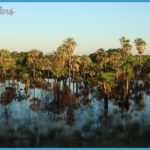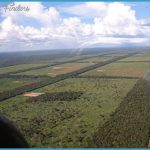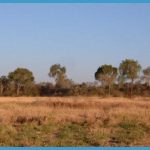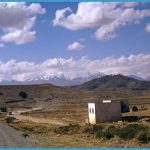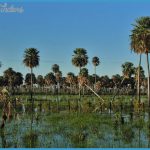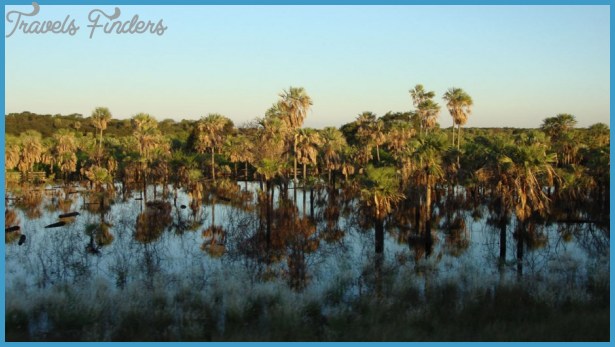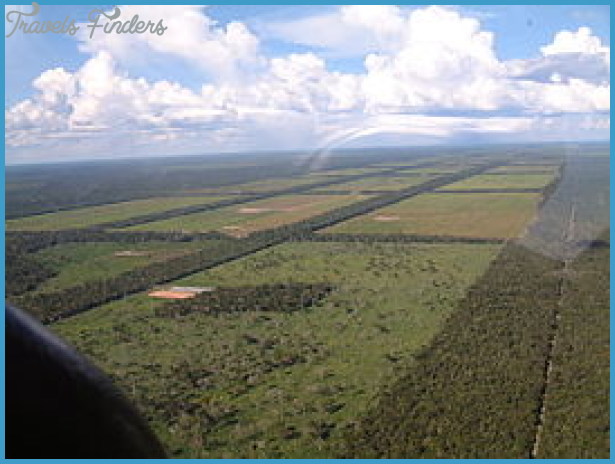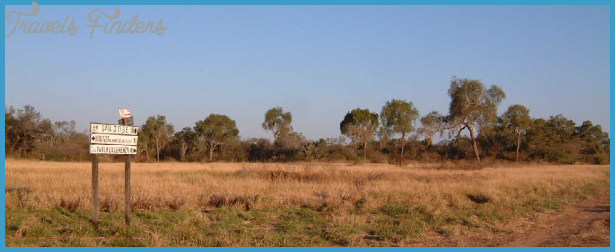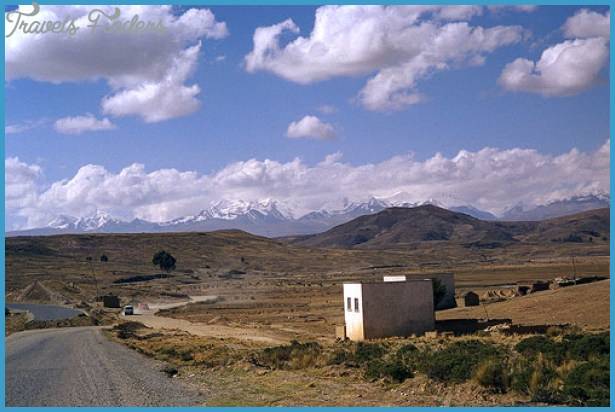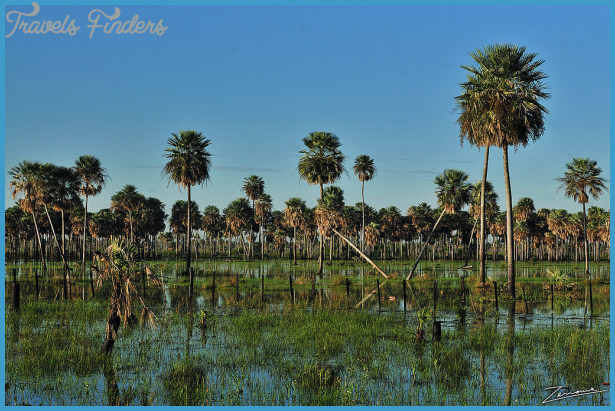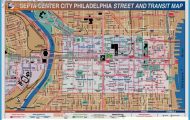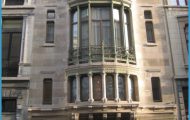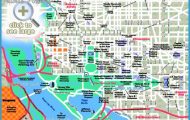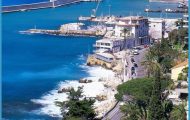Along Rt 9: the Trans Chaco Highway
The Paraguayan Chaco, one of South America’s last vast wildernesses, exercises a particular pull on intrepid travelers drawn by the region’s curious history and its many wild animals. Stretching from the city of Mariano Roque Alonso to the northwestern border with Bolivia, the Trans Chaco Highway traverses the entire length of the Paraguayan Chaco, one of the country’s most inhospitable regions. As the Trans Chaco Highway leads north, it passes through the Chaco’s two ecoregions – the humid Chaco and the dry Chaco. The humid Chaco (also known as the bajo Chaco Chaco humedo, or Chaco Austral) encompasses the southern half of the department of Presidente Hayes. This region is characterized by flooded savannahs filled with mbocaya palm trees. Further north, is the transition zone between the humid and dry Chaco, commonly known as the Chaco Central. This area encompasses the northern section of the department of Presidente Hayes and southern sections of the departments of Boqueron and Alto Paraguay. It is here that the majority of the region’s fresh water reserves and population are concentrated in the Mennonite cities of Filadelfia, Loma Plata, and Neuland. The dry Chaco (also known as the alto Chaco, Chaco Boreal, or Chaco seco) continues from here, stretching past the northwestern border with Bolivia and northeastern border with Brazil. Past the small town of Mariscal Estigarribia, the region is a true no-man’s land with settlements few and far between. The dry Chaco is overgrown with semi desert scrub brush, and seemingly all plants in the region are covered in thorns.
Although it makes up approximately 60 percent of the national territory, the Chaco is home to barely three percent of Paraguay’s population. While Eastern Paraguay was being colonized beginning in the 1500’s, the Chaco proved too hostile for European newcomers. Throughout the colonial era, the region’s disparate indigenous tribes rebuffed attempts at evangelization and colonization with vicious attacks. The Chaco remained relatively untouched by outsiders until the late 1800’s when the region’s vast natural resources began to interest both Paraguayans and foreigners. Their involvement in the Chaco changed the region forever. Throughout the late 1800’s and early 1900’s, factories popped up along the edges of the Paraguay River to extract tannins for curing leather from the massive quebracho trees that grew in the region (see Carlos Casado and the Tannin Industry). This era was also marked by persistent rumors of vast deposits of natural gas in the Chaco region. This eventually resulted in the Chaco War between Bolivia and Paraguay. Waged between 1932 and 1935, the war saw massive casualties, partly due to the extremely hostile terrain on which it was fought. In fact, by some estimates, more soldiers died of dehydration than from active combat. Though in the decades since the war rumors of gas and oil deposits have persisted, exploration companies have yet to find anything substantial in the Paraguayan Chaco.
In the 1920’s, faced with the looming border dispute with Bolivia, the Paraguayan government attempted to populate the still desolate area by allowing a series of Mennonite communities to emigrate to the Chaco. Though the first generation struggled to survive in the remote and harsh wilderness, the colonists’ hard work and perseverance has created some of Paraguay’s most prosperous communities. Throughout their history, the Mennonite colonies have been a focal point for progress in the region with infrastructure projects such as the Trans Chaco Highway, a power transmission line from Itaipu, and plans for the construction of an aqueduct. However, the Mennonites do generate controversy amongst Paraguayans due to various tax and other exemptions provided by the national government and their alleged poor treatment of local indigenous peoples.
Armed conflict, religious evangelization, and industry have significantly impacted the lives of the Chaco’s indigenous inhabitants. While some of the Chaco’s indigenous communities maintain a traditional lifestyle, many have been forced to integrate with the modern world in order to survive. Indigenous men flock to the Mennonite colonies and area cattle ranches in search of low wage jobs while others choose to migrate to larger cities such as Concepcion or even Asuncion. Though the majority are of non-Guarani ethnicities, many have learned Guarani, Spanish, and even German in order to improve work opportunities. Several indigenous communities have been relocated from other areas of Paraguay to the Chaco by the government, often in order to make way for agricultural ventures.
The Chaco is marked by an astonishing biodiversity of flora and fauna including over 500 species of birds and 150 species of mammals. The Chaco is home to several of Paraguay’s most endangered species including large mammals such as jaguars, pumas, and tapirs. These are elusive, but with patience and the aide of an experienced guide determined nature enthusiasts may find their efforts well rewarded. The region’s birdlife is most easily spotted, especially in the salt water lagoons. Here jaibiru storks and flamingoes, coscoroba swans and a number of migratory birds can be found.
Sidebar: For excellent photos of the Chaco’s wildlife check out www.chaco-wildlife.org

